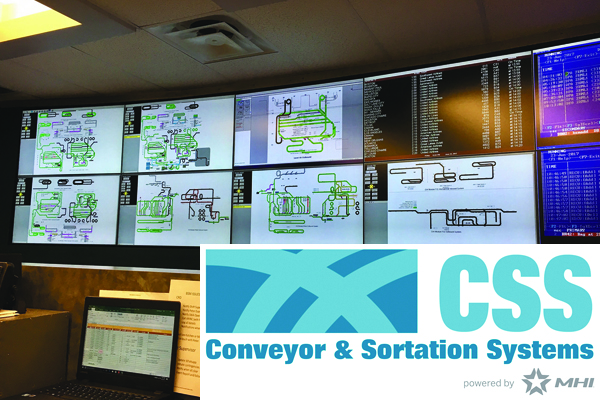
Speed is the name of the game these days in conveyor and sortation systems. As the pressure to ship material faster grows with the rise of e-commerce and building customer expectations for rapid delivery, the systems that move and sort orders are accelerating. With that speed comes more potential for risks.
“Sortation equipment was sorting 50 feet per minute a couple of decades ago—now it’s approaching 700 feet per minute for some applications,” said Robert Turner, sales consultant for parcel for MHI member Vanderlande Industries, a material handling and logistics automation company. “When the equipment moves that quickly, you have got to make sure it’s safe.”
An array of tools and processes can help in the face of safety risks.
“Increased speeds can be mitigated with proper guards and restricted human access. However, the higher throughput rates at warehouses can create risks that extend beyond the equipment itself which means that safety precautions play a vital role,” said Peter Rice, vice president of sales for MHI member FMH Conveyors.
“Operators’ environments are being completely changed as companies are adding more equipment and people to meet throughput expectations,” Rice said. “We are seeing a paradigm shift from one or two operators at a conveyor line to upward of 10 people, faster conveying speeds, and three times the amount of conveyor in the same facility, thus increasing the opportunities for something to go wrong.”
Rice said he has seen a surge in safety consciousness and awareness surrounding conveyors and sortation systems over the past few years. This has been driven in part by Amazon and its emphasis on safety at its facilities. The massive online retailer has overseen safety audits to ensure facilities meet certain criteria pertaining to everything from moving parts to signage.
“That’s just one company, but I think they’ve been very influential,” Rice said. “Many companies are increasing their focus on safety and improving both processes and equipment because of them.”
 MHI Solutions Improving Supply Chain Performance
MHI Solutions Improving Supply Chain Performance